This week my grandchildren were excited to come to Nana’s 😍 House For More Adventures in Learning About Bugs. Now since they have completed homeschooling for school
they will have even more time for Fun and Exploring during the Summer! I am enjoying these special times with my grandchildren and the memories we are making.
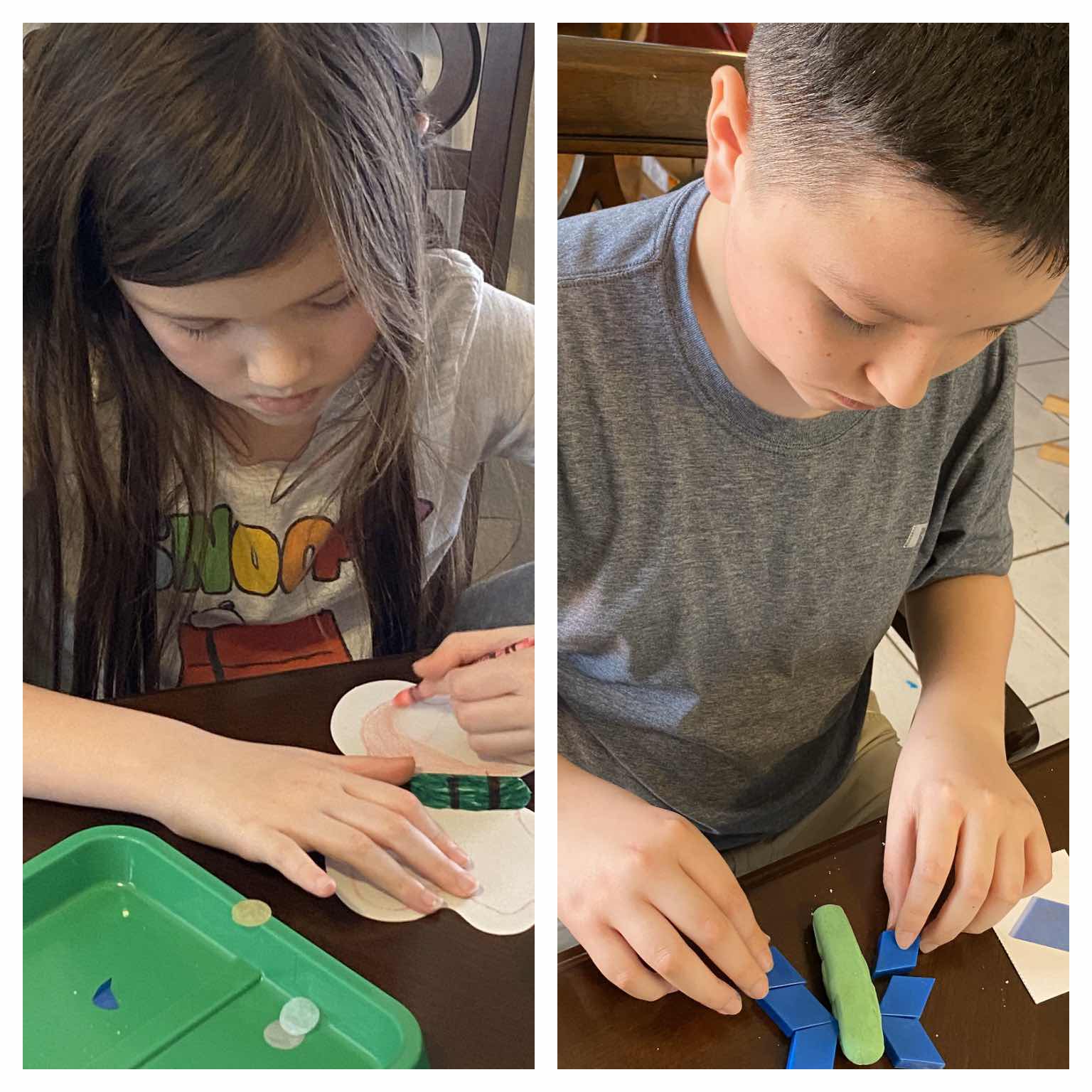
These precious years pass quickly. I love using the curriculum from Experience Early Learning and I am blessed and thankful to be a Blog Ambassador. ❤️
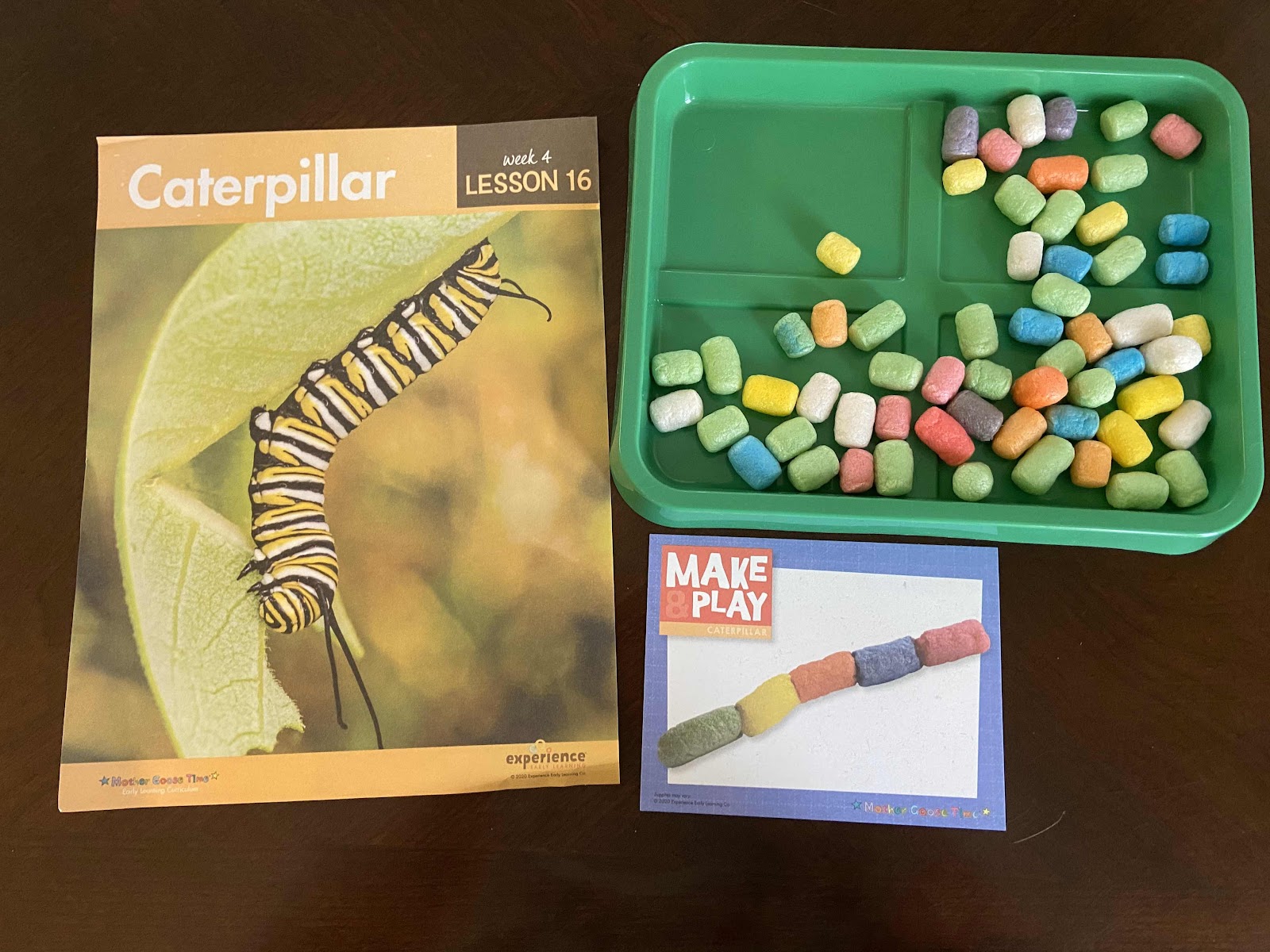
We discussed how caterpillars move and what they eat.

There are also magnetic story pieces that go along with Three Butterflies which can be used for story time or the children can use them for retelling the story.

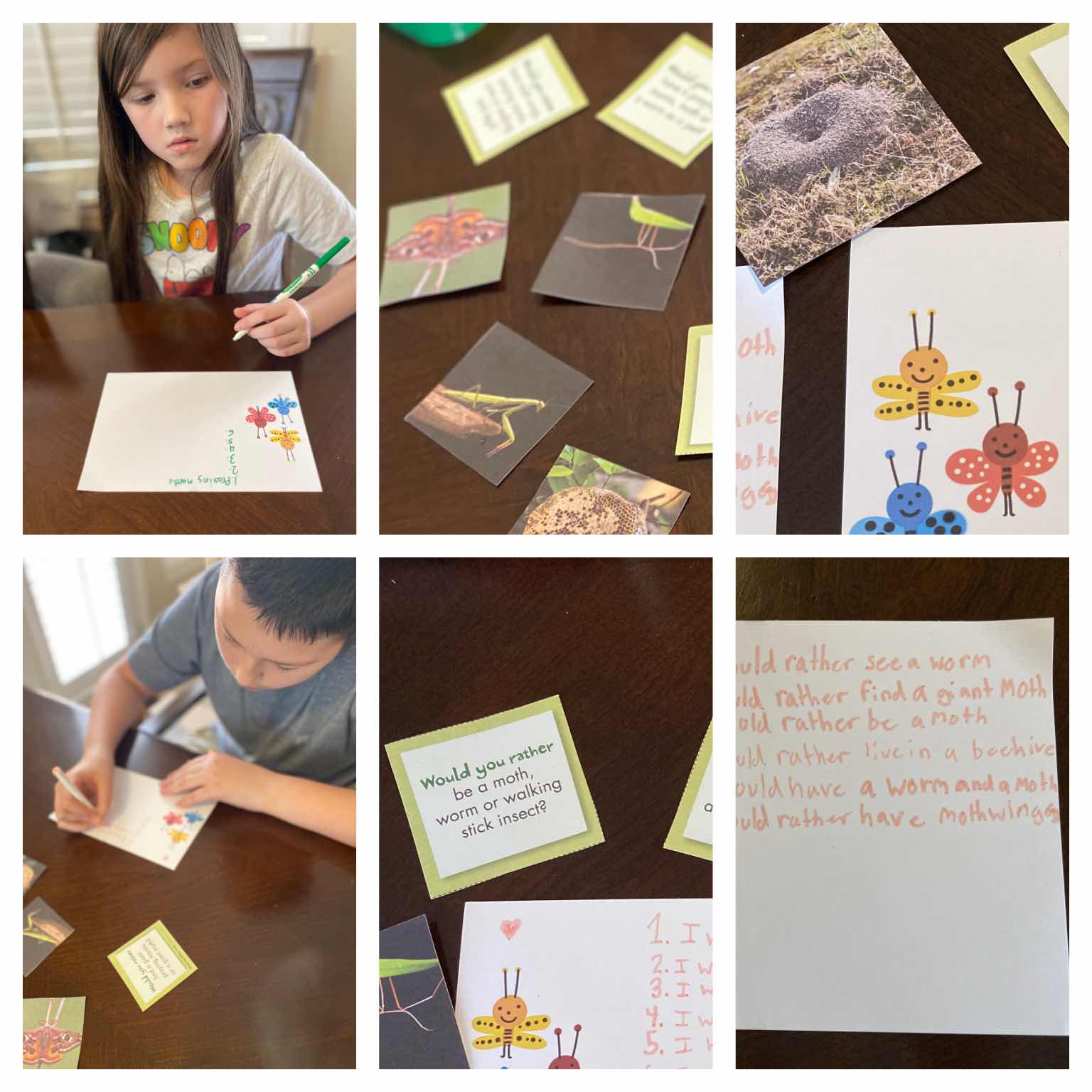
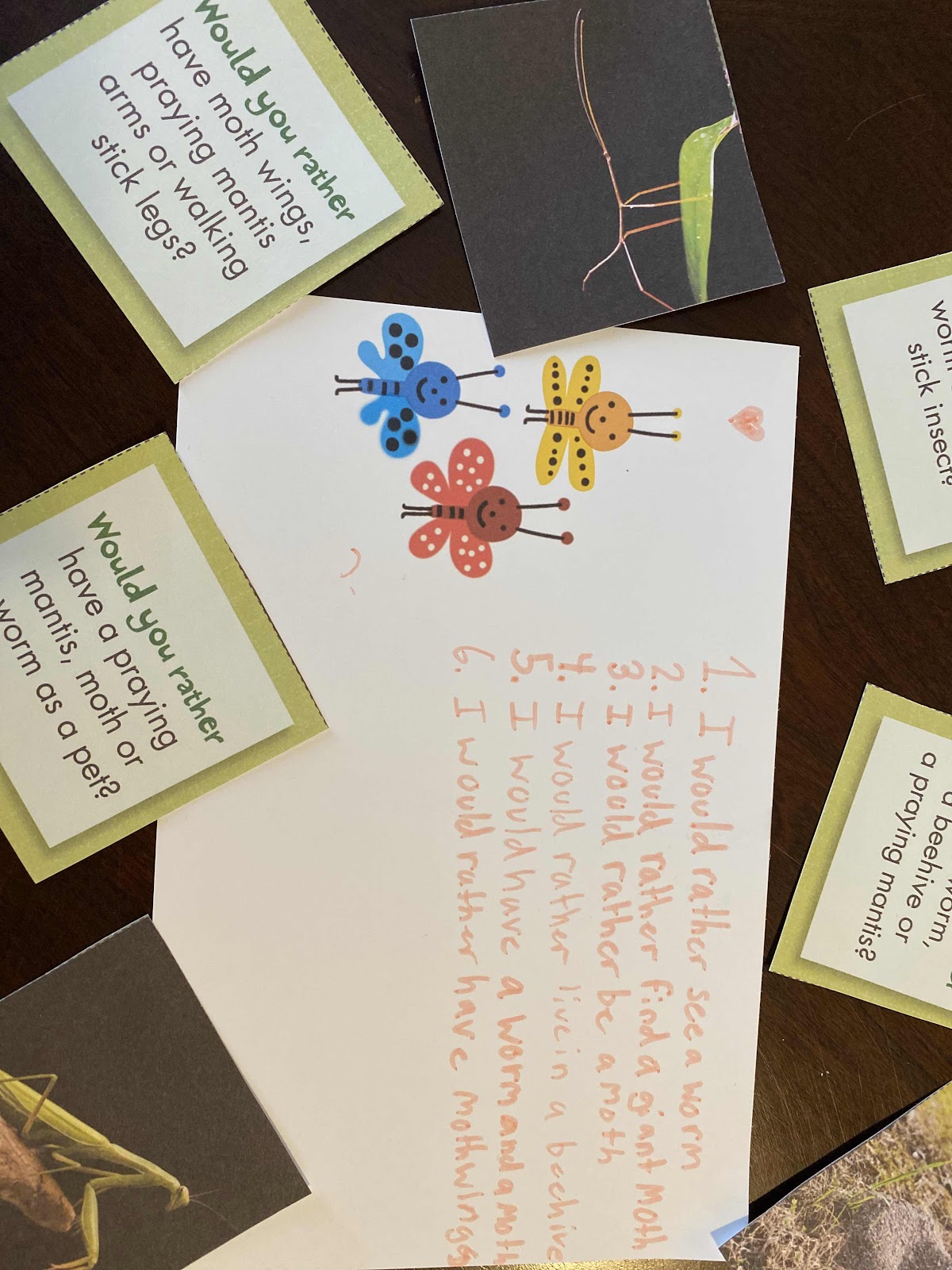

It was another Awesome Week! We are looking forward to
These precious years pass quickly. I love using the curriculum from Experience Early Learning and I am blessed and thankful to be a Blog Ambassador. ❤️
This Week we learned about Caterpillars, Moths and Butterflies.
Caterpillars
We discussed how caterpillars move and what they eat.
Caterpillars can be many different colors and are usually the same color as their habitats.
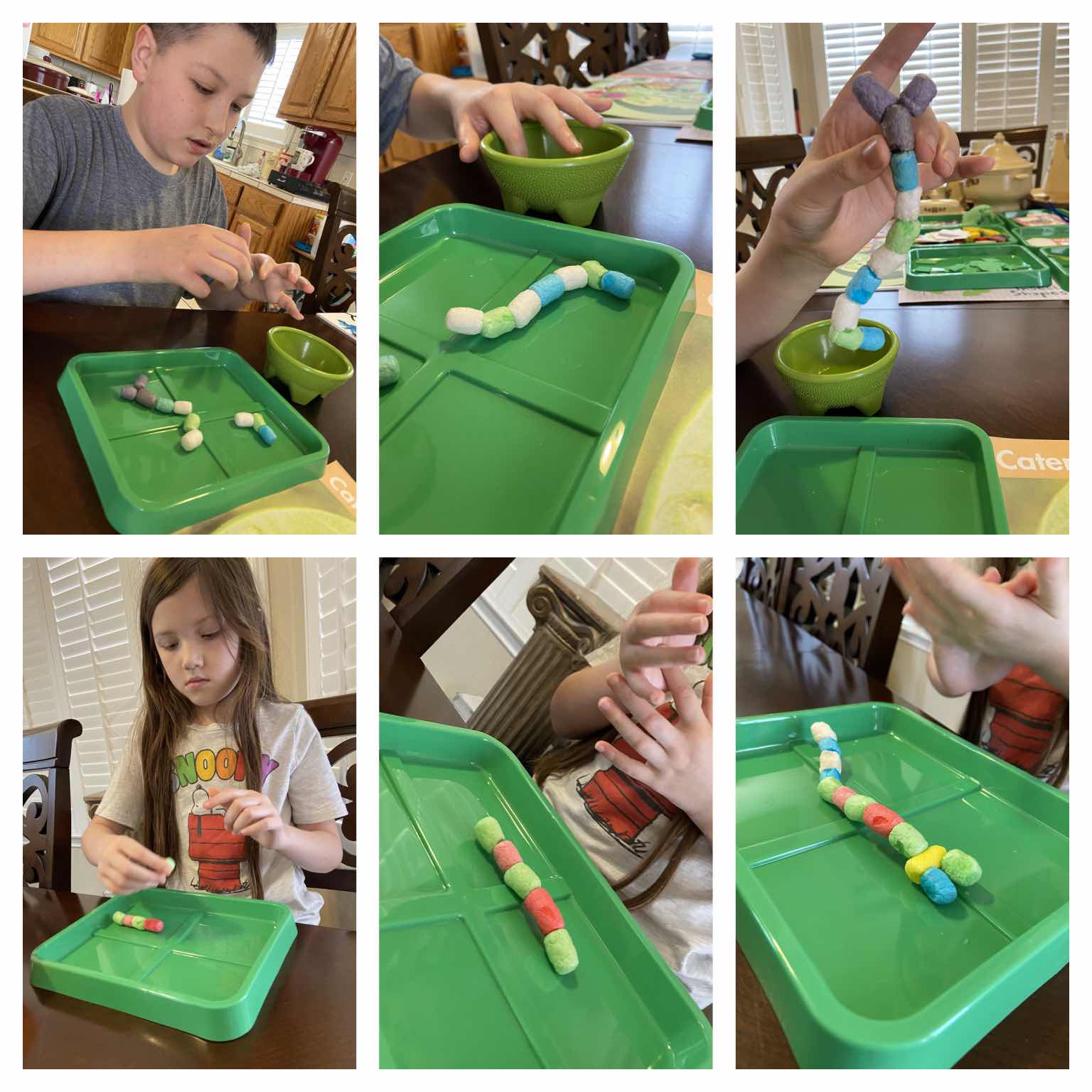
It is important for caterpillars to eat a lot so they can sustain
It is important for caterpillars to eat a lot so they can sustain
their growth into the next stage - adulthood.
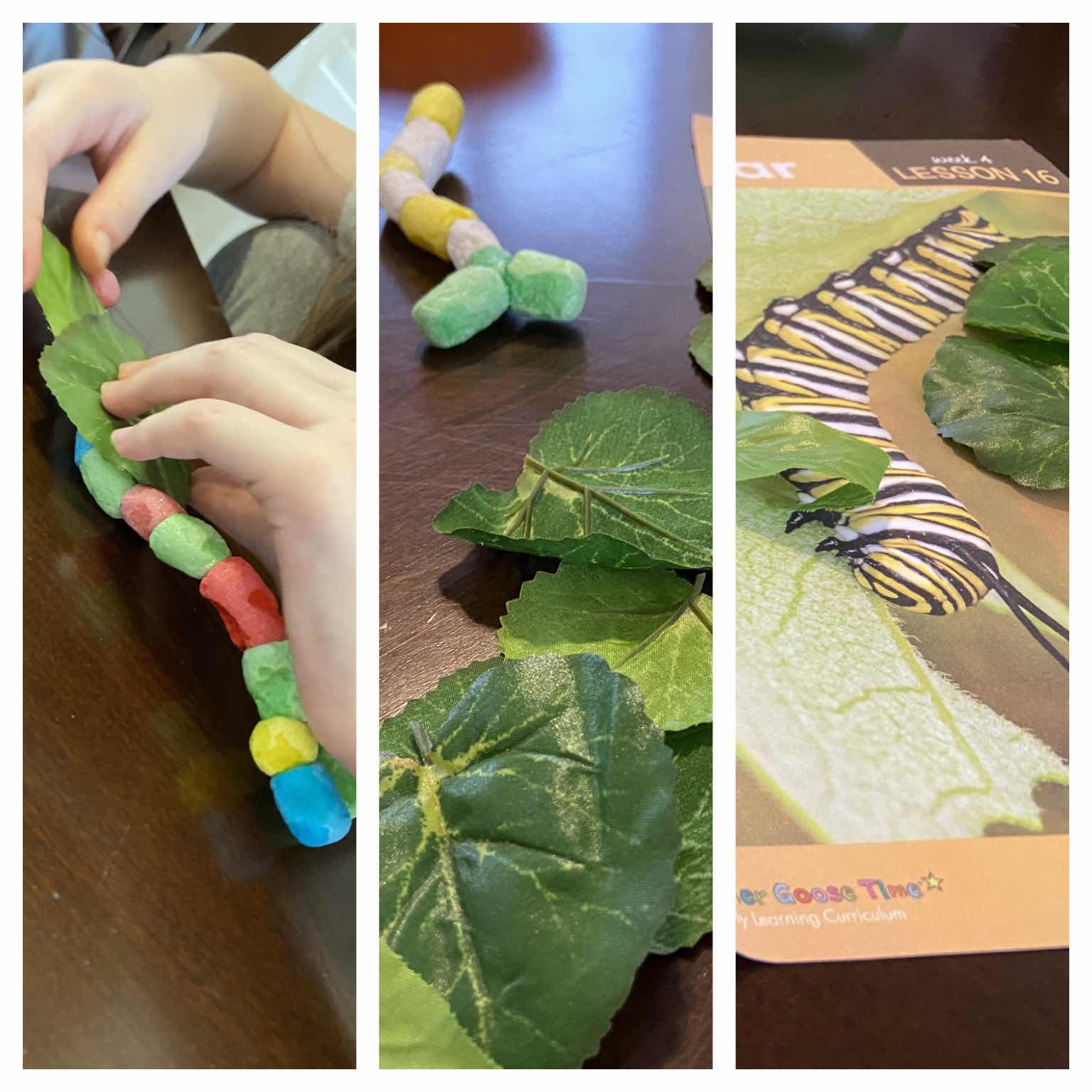
For Make and Play the children made Caterpillars out of Cornstarch Noodles.
They wet the ends of the noodles and stuck them together.
For Make and Play the children made Caterpillars out of Cornstarch Noodles.
They wet the ends of the noodles and stuck them together.
The caterpillars were so cute!
They even made little antennaes.
Afterwards they hid them under leaves.
What Am I? Small Group Literacy

Each month with the curriculum the children receive a Sight Word Book called I Can Read Books. This month’s Sight Words: I, am, the
My Granddaughter Read this book to us along with another book that was included in the curriculum. It was called Three Butterflies
There are also magnetic story pieces that go along with Three Butterflies which can be used for story time or the children can use them for retelling the story.
Constructing Caterpillars
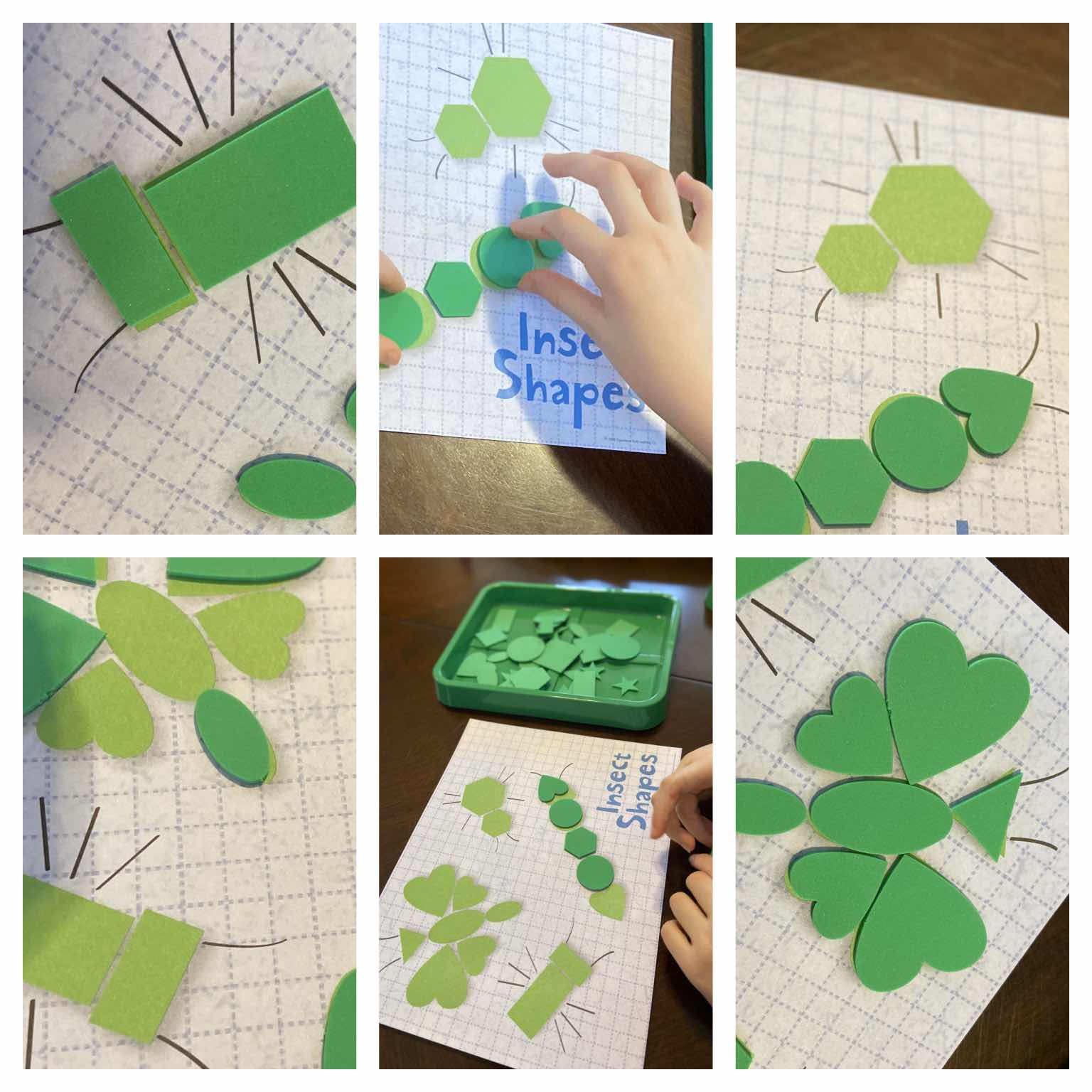
The children enjoyed creating different insect shapes using the different cut out foam shapes. To make it more challenging take away the mat and the children can create their own insect shapes.

Moths

Fuzzy little moths, Flying in the night.
The children enjoyed creating different insect shapes using the different cut out foam shapes. To make it more challenging take away the mat and the children can create their own insect shapes.
Moths
Fuzzy little moths, Flying in the night.
Sarah saw a lamp, And danced toward the light.

We discussed that moths warm up their flight muscles by vibrating their wings.
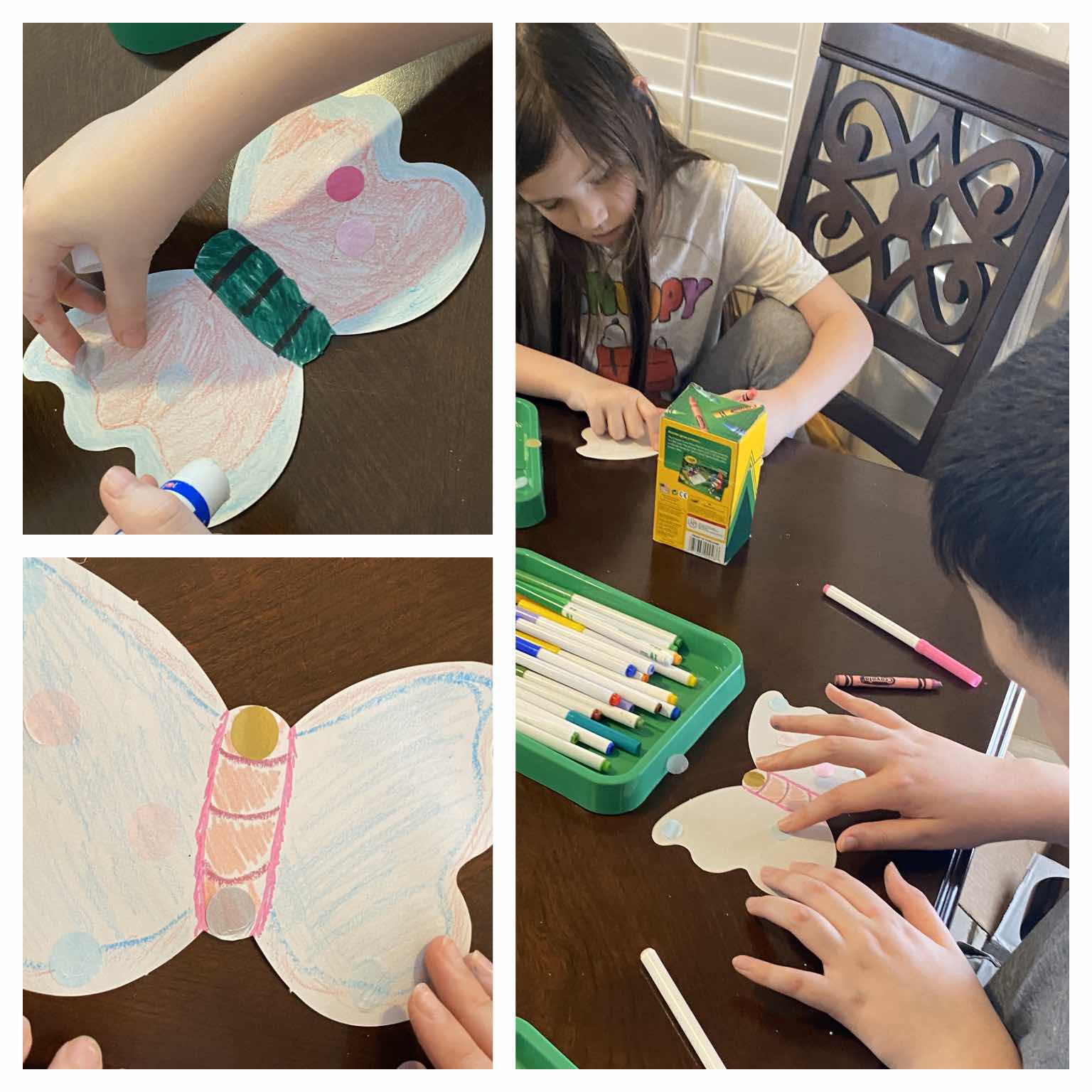
Moths are related to Butterflies. Moths live in forests, fields, and meadows.
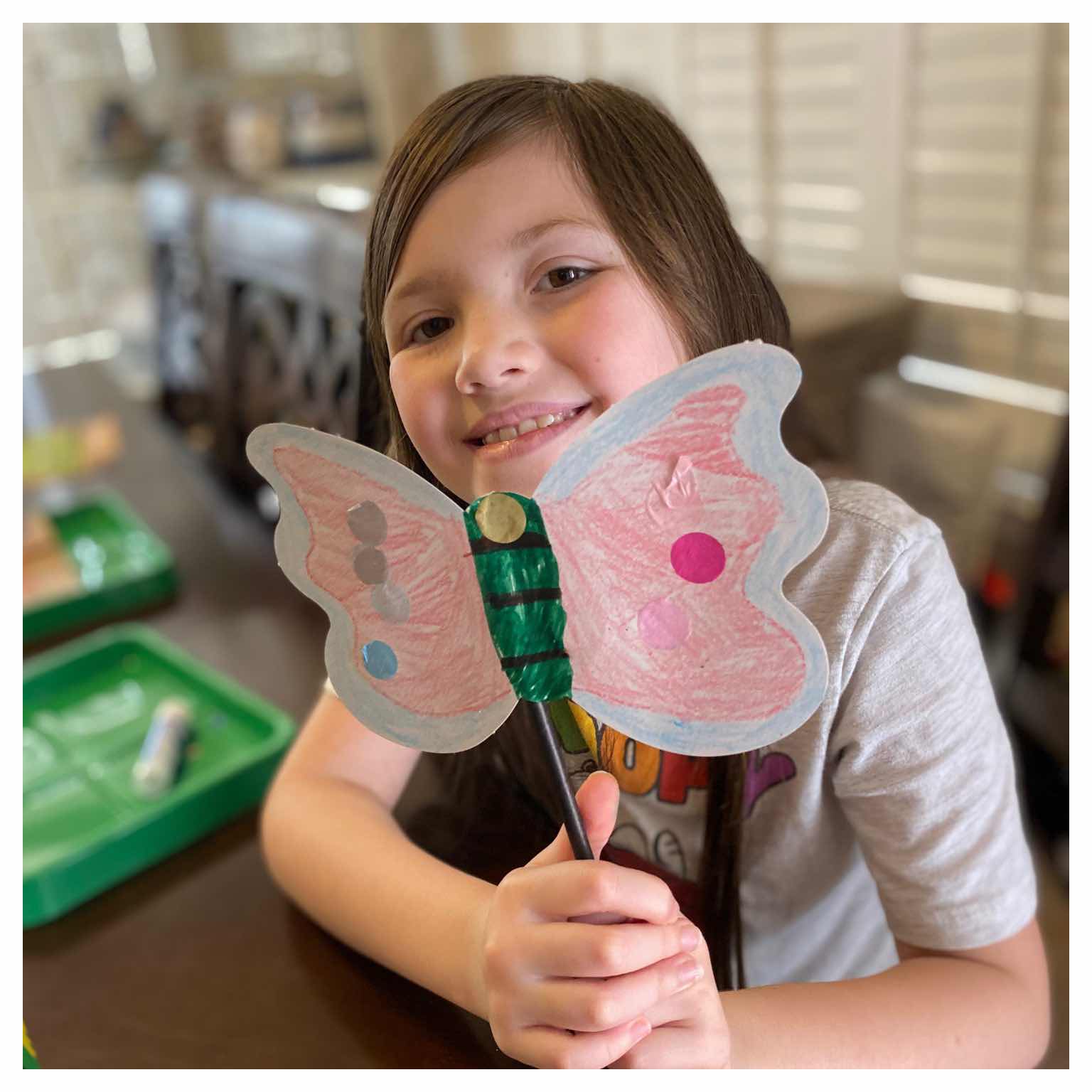
For Make & Play the children made a Moth Wand.
We discussed that moths warm up their flight muscles by vibrating their wings.
Moths are related to Butterflies. Moths live in forests, fields, and meadows.
For Make & Play the children made a Moth Wand.
They decorated the moth shapes with markers and tissue shapes and attached the straw handle. Their moth creations
were Beautiful!
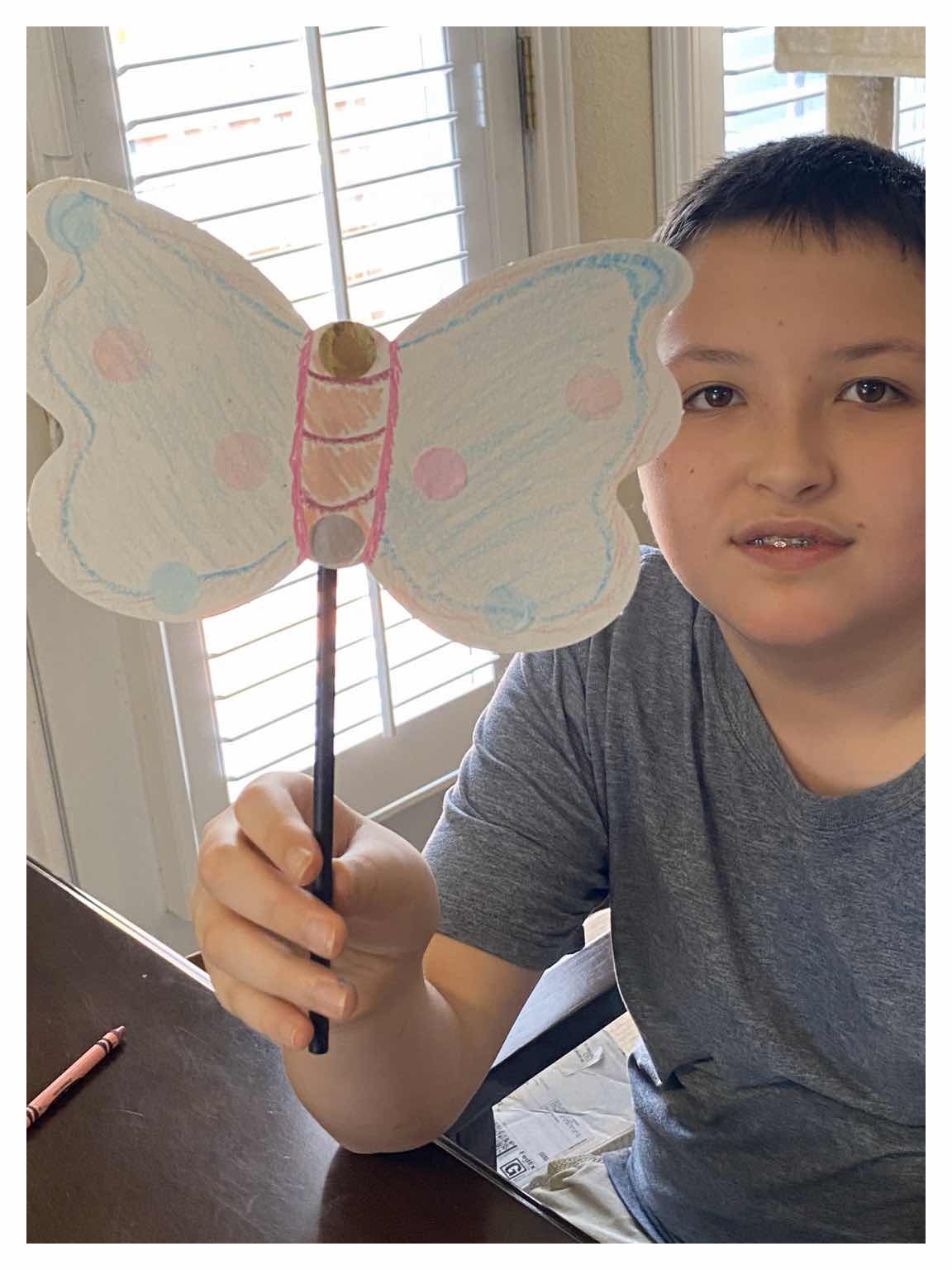
Butterflies
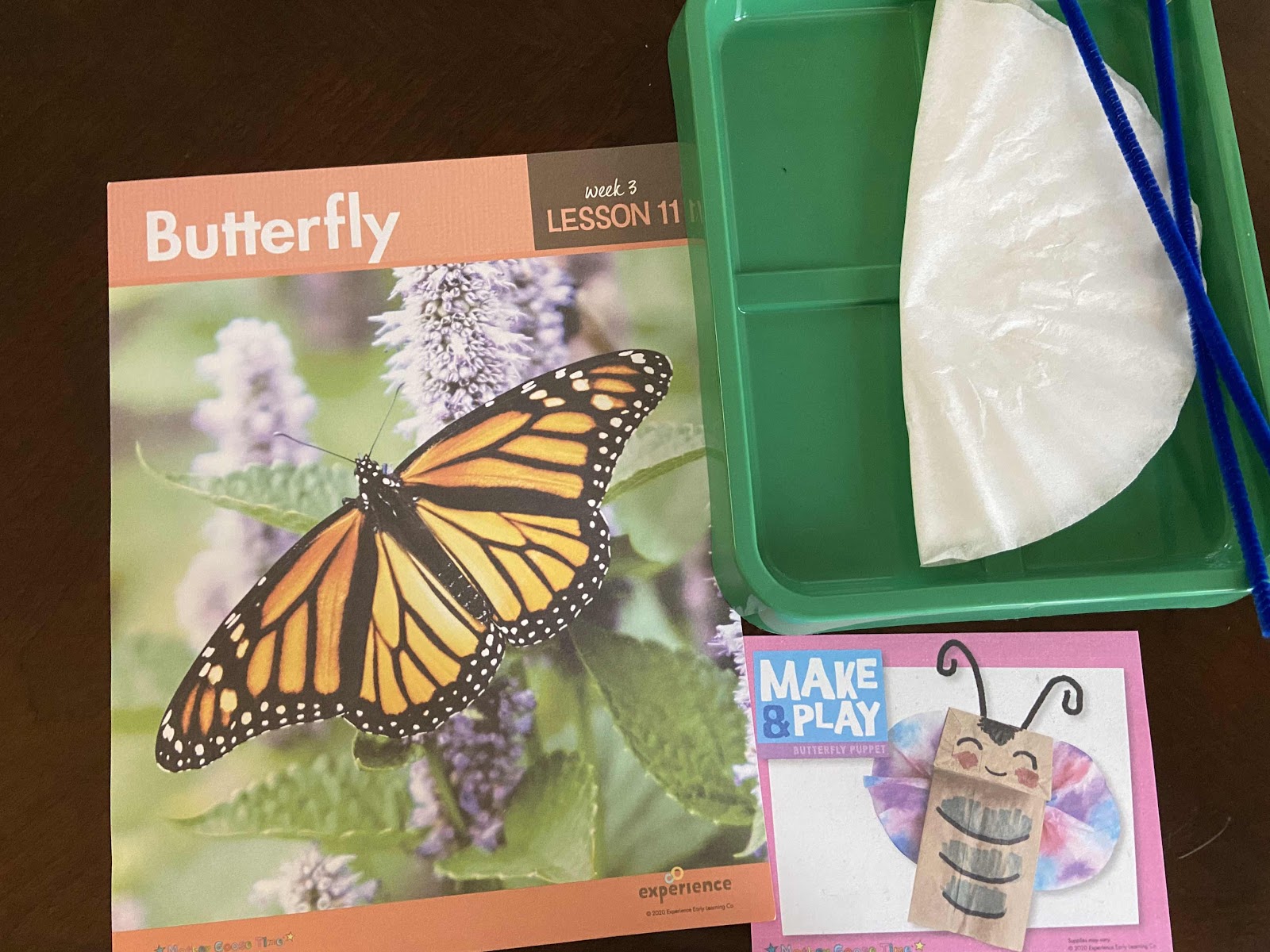
What colors and shapes do you see on a butterflies wings ? Where do butterflies go in the winter?

The butterfly has four stages in their life cycle. What are they? These are some of the things we discussed.
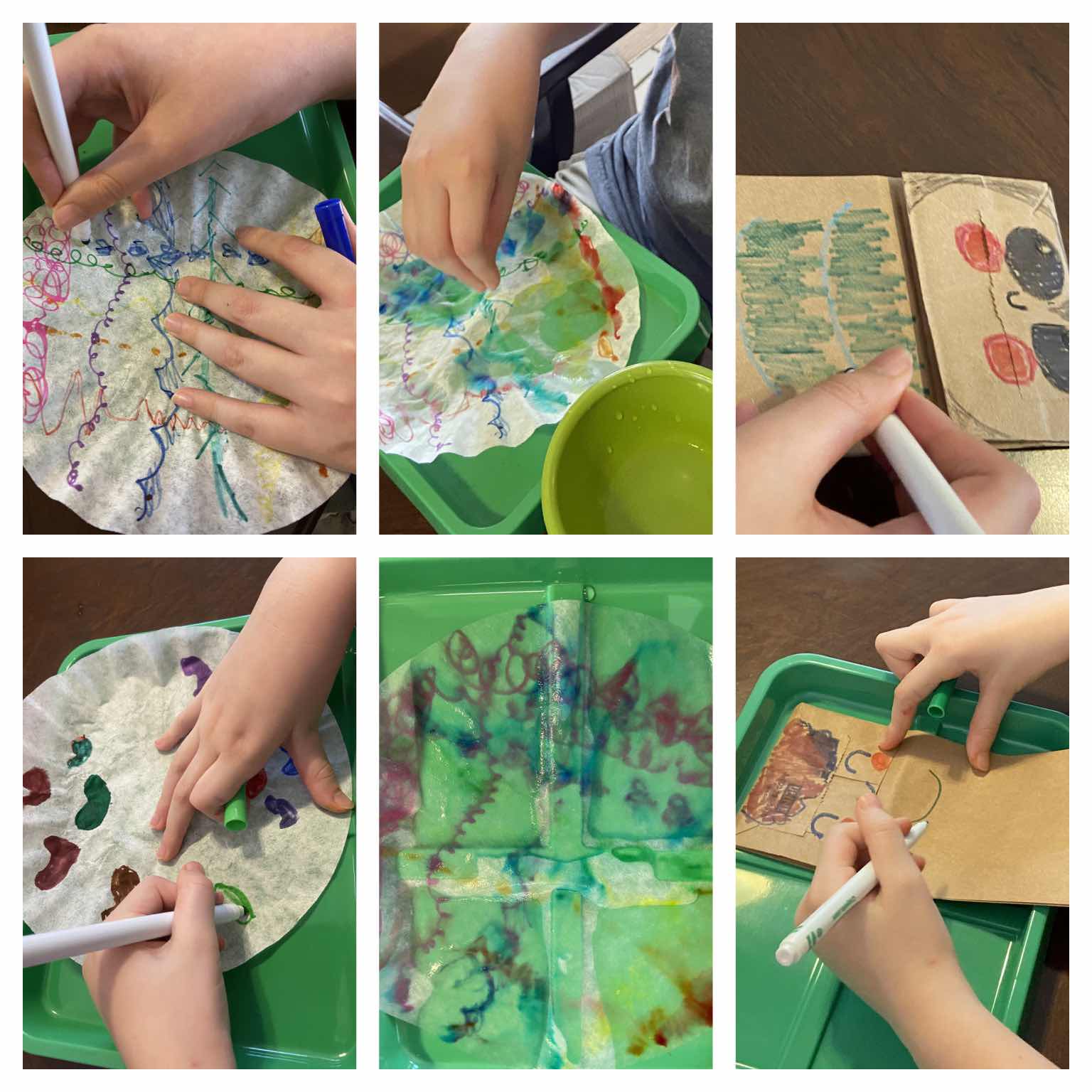
For Make and Play the children started creating their Butterfly Puppets. They drew designs on the coffee filters with marker then dripped water on it and all the colors blended, They drew their butterfly face & body on the paper sack and attached the pipe cleaner antennae. The coffee filter wings were then dry so they attached them.
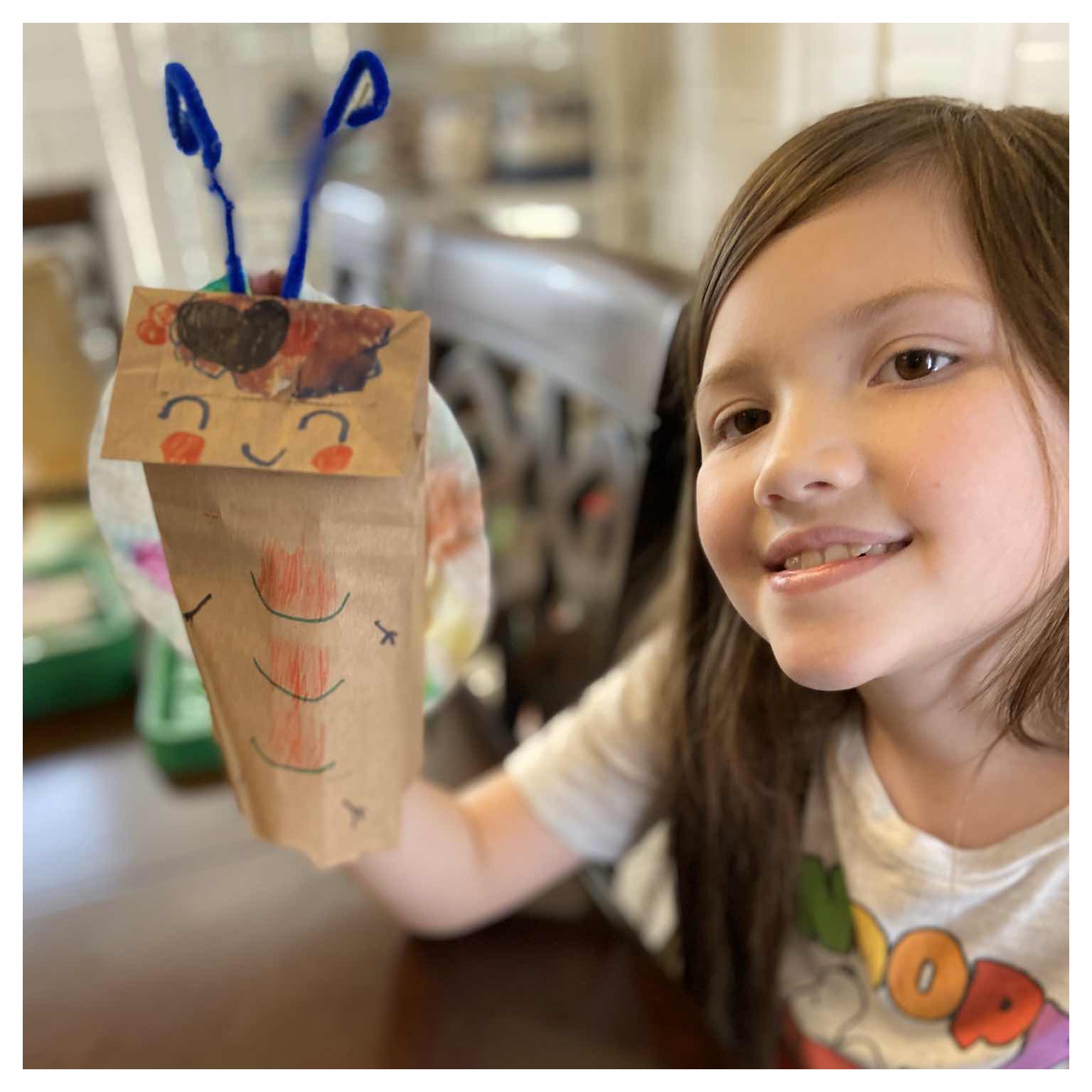
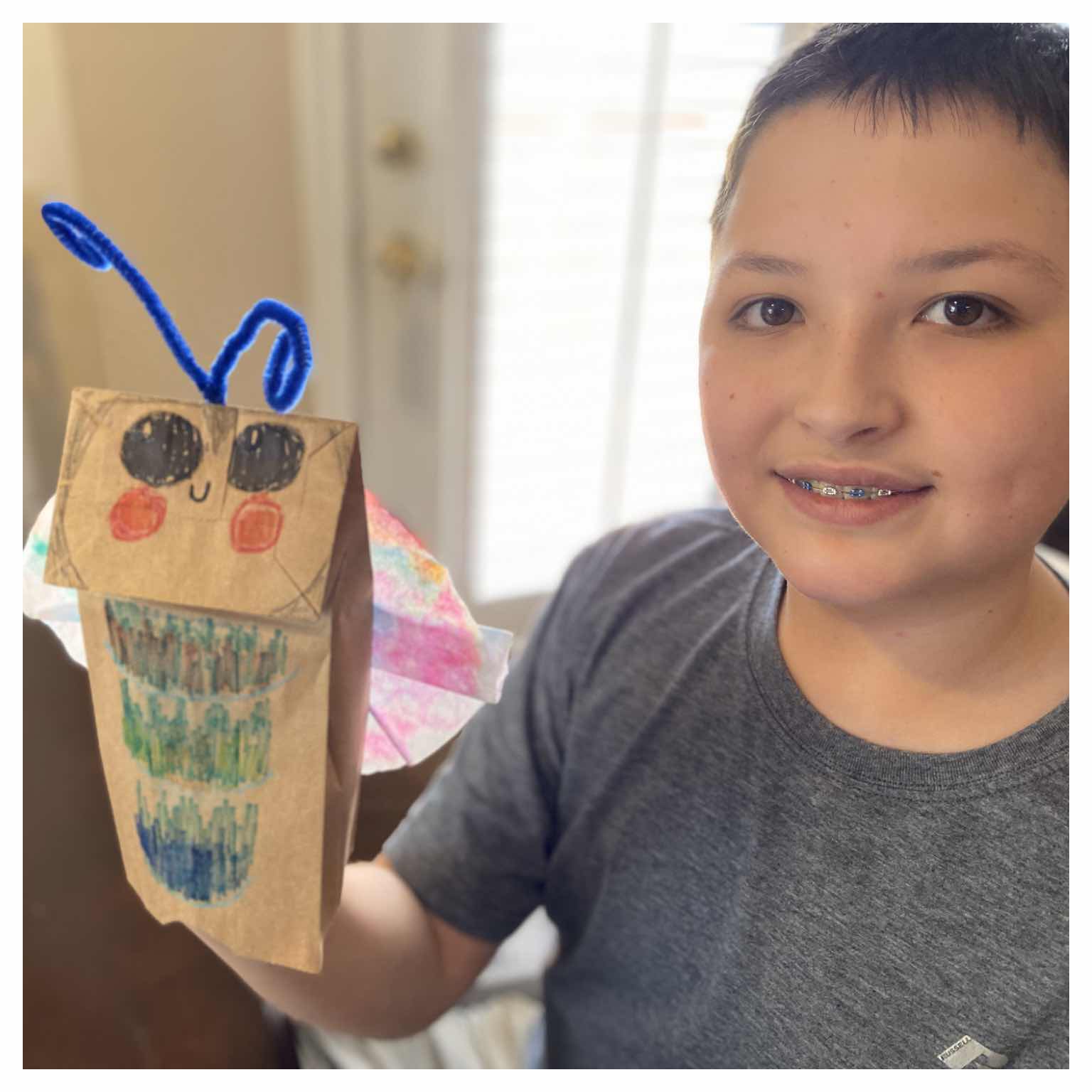
Inventing Insects

What shapes do you see on a insect? What shape blocks do you see?

The children took turns drawing 2 shape cards and then created insects with those 2 shape blocks and playdough.
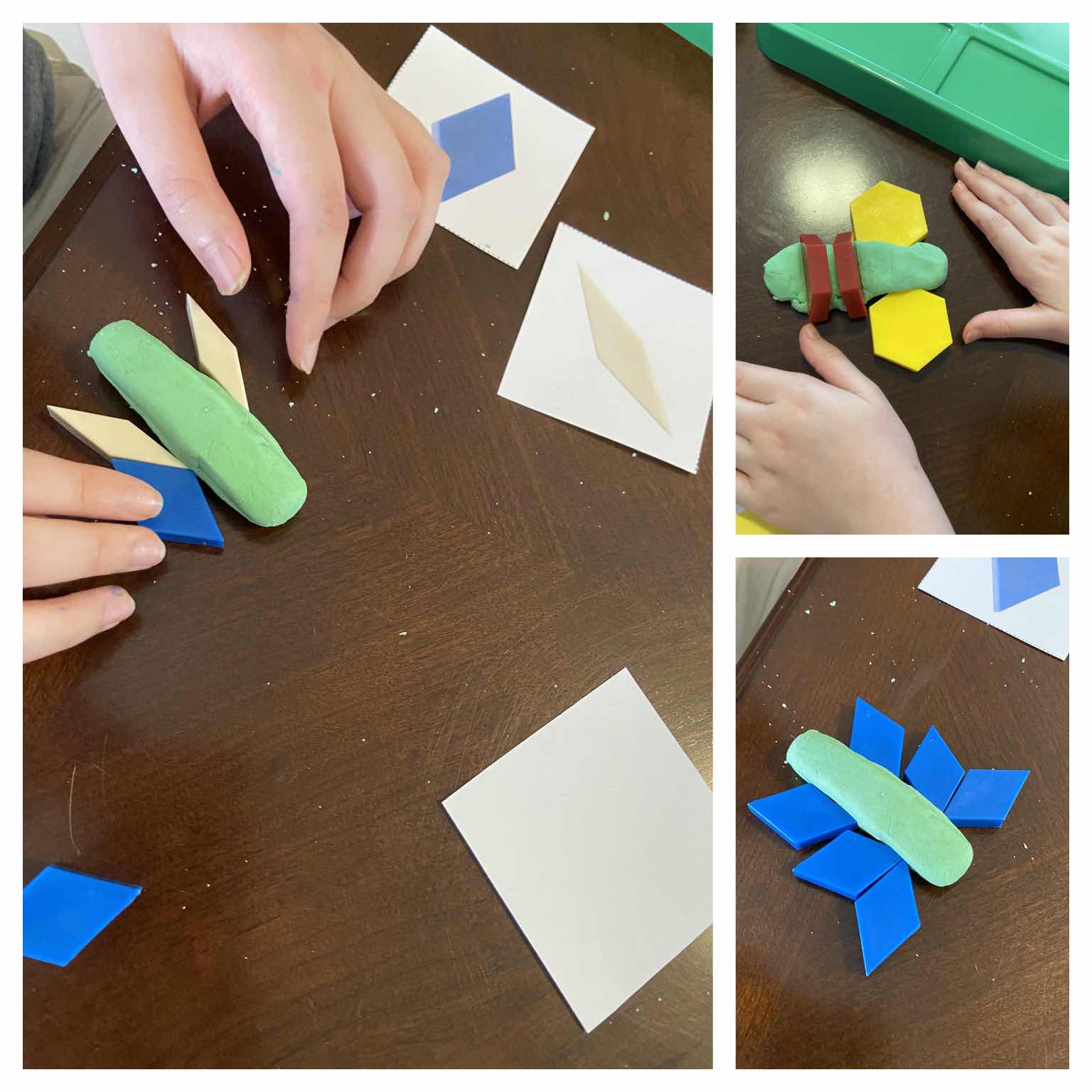
This was a Super Awesome Activity! 😊
What colors and shapes do you see on a butterflies wings ? Where do butterflies go in the winter?
The butterfly has four stages in their life cycle. What are they? These are some of the things we discussed.
For Make and Play the children started creating their Butterfly Puppets. They drew designs on the coffee filters with marker then dripped water on it and all the colors blended, They drew their butterfly face & body on the paper sack and attached the pipe cleaner antennae. The coffee filter wings were then dry so they attached them.
Inventing Insects
What shapes do you see on a insect? What shape blocks do you see?
The children took turns drawing 2 shape cards and then created insects with those 2 shape blocks and playdough.
This was a Super Awesome Activity! 😊
Camouflage Matching
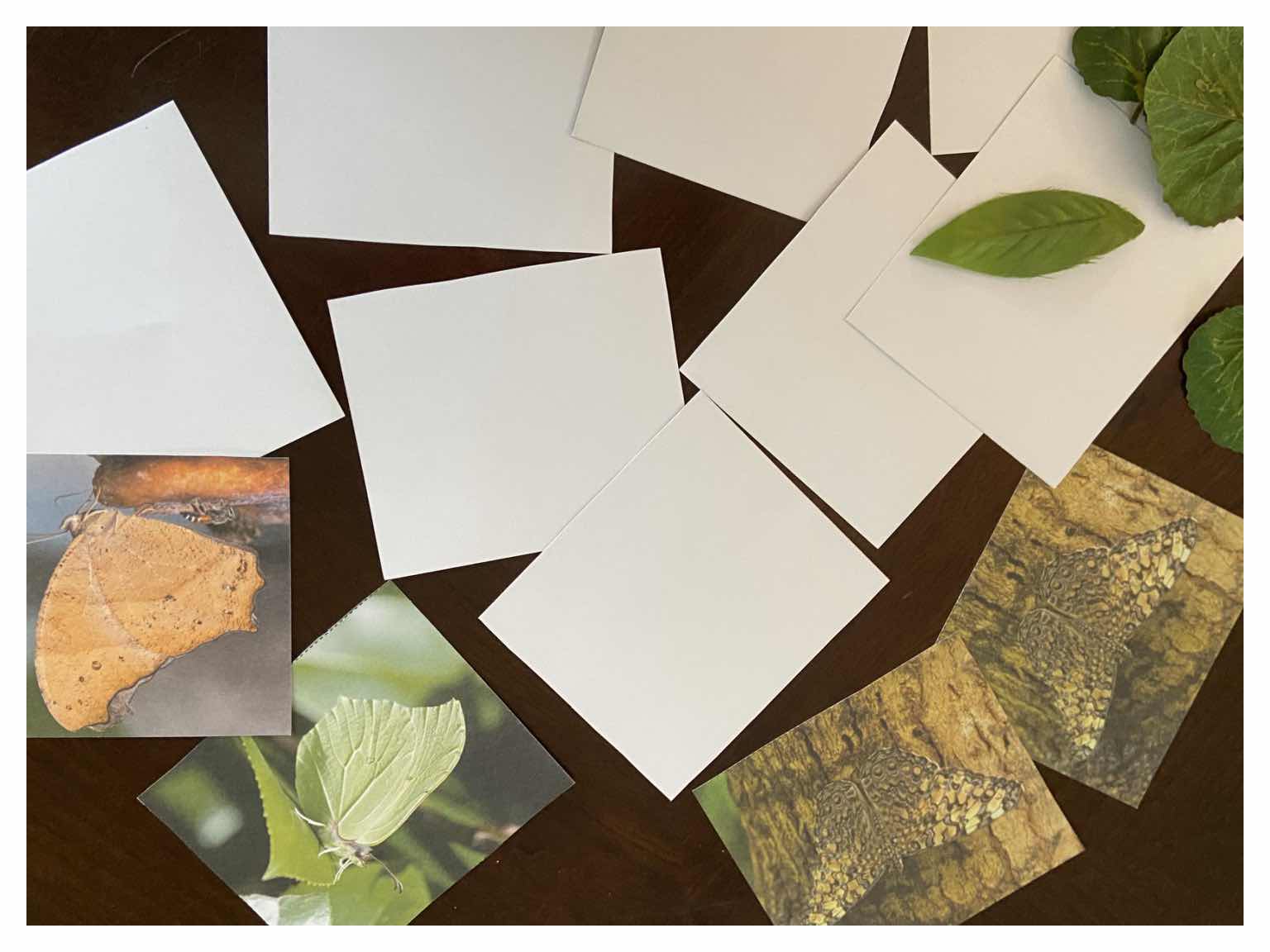
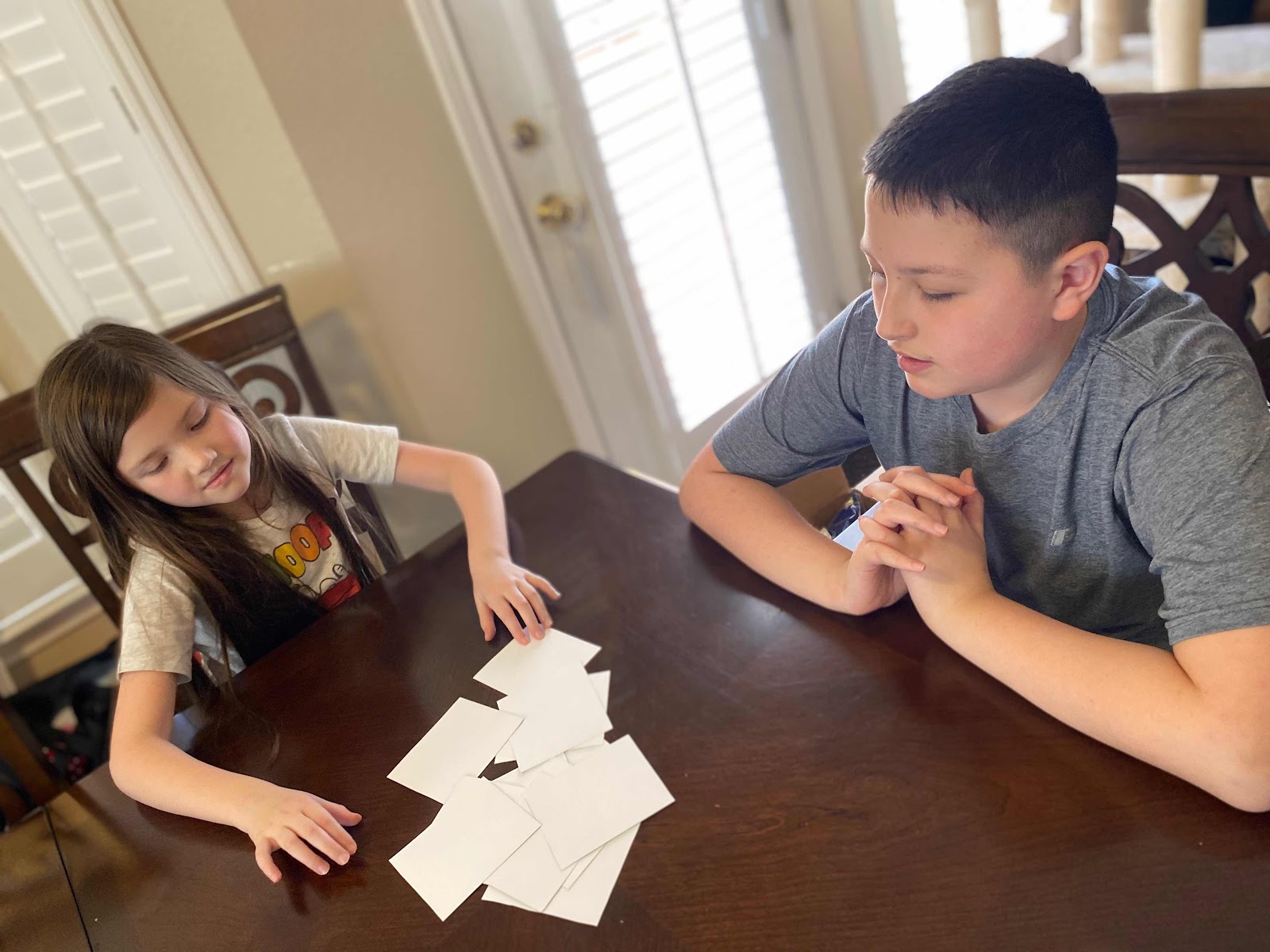
They took turns flipping the cards 2 at a time. They had fun and it did take patience to get those matches! 😊

Bug Choices
I loved this! Since my grandchildren are older I changed it up a little!
I asked the questions. We talked about it and they wrote down their answers on the postcards.
So cute!
It was another Awesome Week! We are looking forward to
Treasure Island .🌴 #ExperienceEarlyLearning



